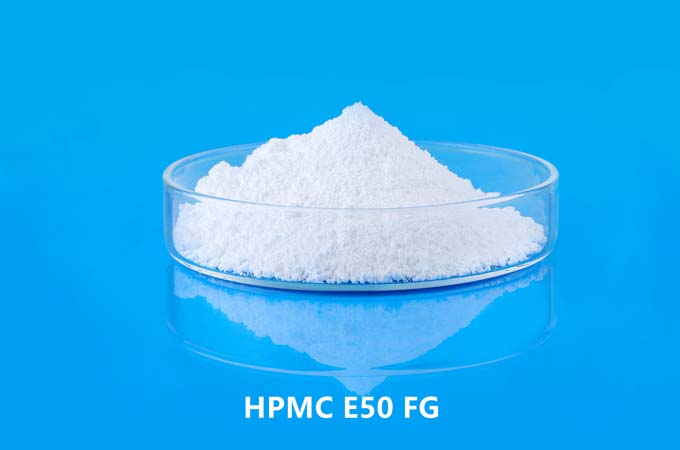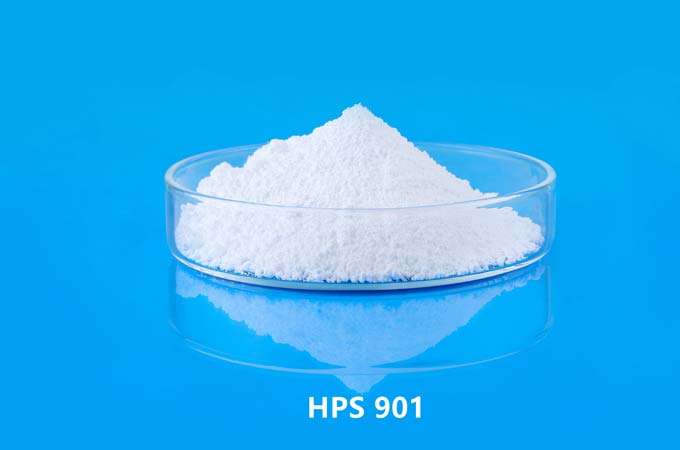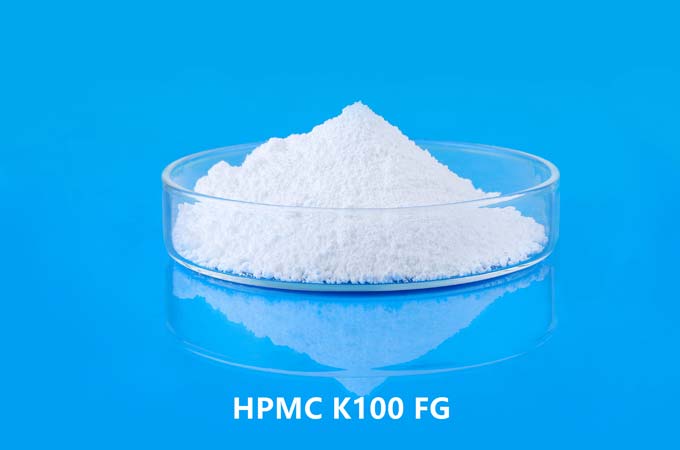1. Structure
Sodium carboxymethyl cellulose is a typical ionic cellulose ether. The commonly used products are its sodium salt, ammonium salt and aluminum salt. Sometimes, sodium carboxymethylcellulose is produced. When the degree of substitution (that is, the average value of the hydroxyl group of each anhydroglucose monomer reacting with the substituent) is 1, its molecular formula is [C6H7O2(OH)2OCH2COONa] n. Dry at a constant temperature of 105°C, with a sodium content of 6.98-8.5%.
2. Appearance and Solubility
Pure sodium carboxymethyl cellulose is white or milky white fibrous powder or granules, odorless and tasteless. Insoluble in methanol, ethanol, ether, acetone, chloroform, benzene and other organic solvents, soluble in water. The degree of substitution is an important factor affecting water solubility, and the viscosity of sodium carboxymethyl cellulose also has a great influence on water solubility.
Generally, the viscosity is between 25-50Pa·s, and when the degree of substitution is about 0.3, it is alkali-soluble, and when the degree of substitution is greater than 0.4, it is water-soluble. With the rise of DS comes a corresponding increase in the transparency of the solution. In addition, substitution uniformity also has a strong influence on solubility.
3. Hygroscopicity
The equilibrium water content of sodium carboxymethyl cellulose increases with the increase of air humidity and decreases with the increase of temperature. At room temperature and an average humidity of 80-85%, the equilibrium moisture content is greater than 26%, but the product moisture content is less than 10%, which is lower than the former. As far as its shape is concerned, even if the water content is around 15%, there seems to be no difference in appearance.
However, when the moisture content reaches more than 20%, the mutual adhesion between particles can be felt, and the higher the viscosity, the more obvious this adhesion. For polarized polymer compounds like sodium carboxymethyl cellulose, the degree of hygroscopicity is not only affected by relative humidity, but also by the number of polarities. The higher the degree of substitution, that is, the greater the number of polarities, the stronger the hygroscopicity. In addition, the degree of crystallinity also has an effect, the higher the degree of crystallinity, the lower the hygroscopicity.
4. Compatibility
Sodium carboxymethyl cellulose has good compatibility with other kinds of water-soluble glues, softeners and resins. For example, it is compatible with animal glue, dimethoxydimethylurea gel, acacia gum, pectin, tragacanth gum, ethylene glycol, sorbitol, glycerin, invert sugar, soluble starch, sodium alginate, etc. Also compatible with casein, melamine formaldehyde resin and ethylene glycol complex, urea formaldehyde glycol resin, methylcellulose, polyvinyl alcohol (PVA), nitrilotriacetic acid phosphate, water glass, but to a lesser extent Difference. A 1% solution of sodium carboxymethylcellulose is compatible with most inorganic salts.
5. Dissociation Constant
In the huge polymer matrix of sodium carboxymethylcellulose, there are a large number of electrolytic groups (carboxymethyl groups). The acidity is similar to that of acetic acid, and the dissociation constant is 5×10-5. The dissociation strength has a considerable influence on the electrical properties of sodium carboxymethyl cellulose.
 English
English 日本語
日本語 français
français Deutsch
Deutsch Español
Español italiano
italiano русский
русский português
português العربية
العربية Türkçe
Türkçe Nederland
Nederland



